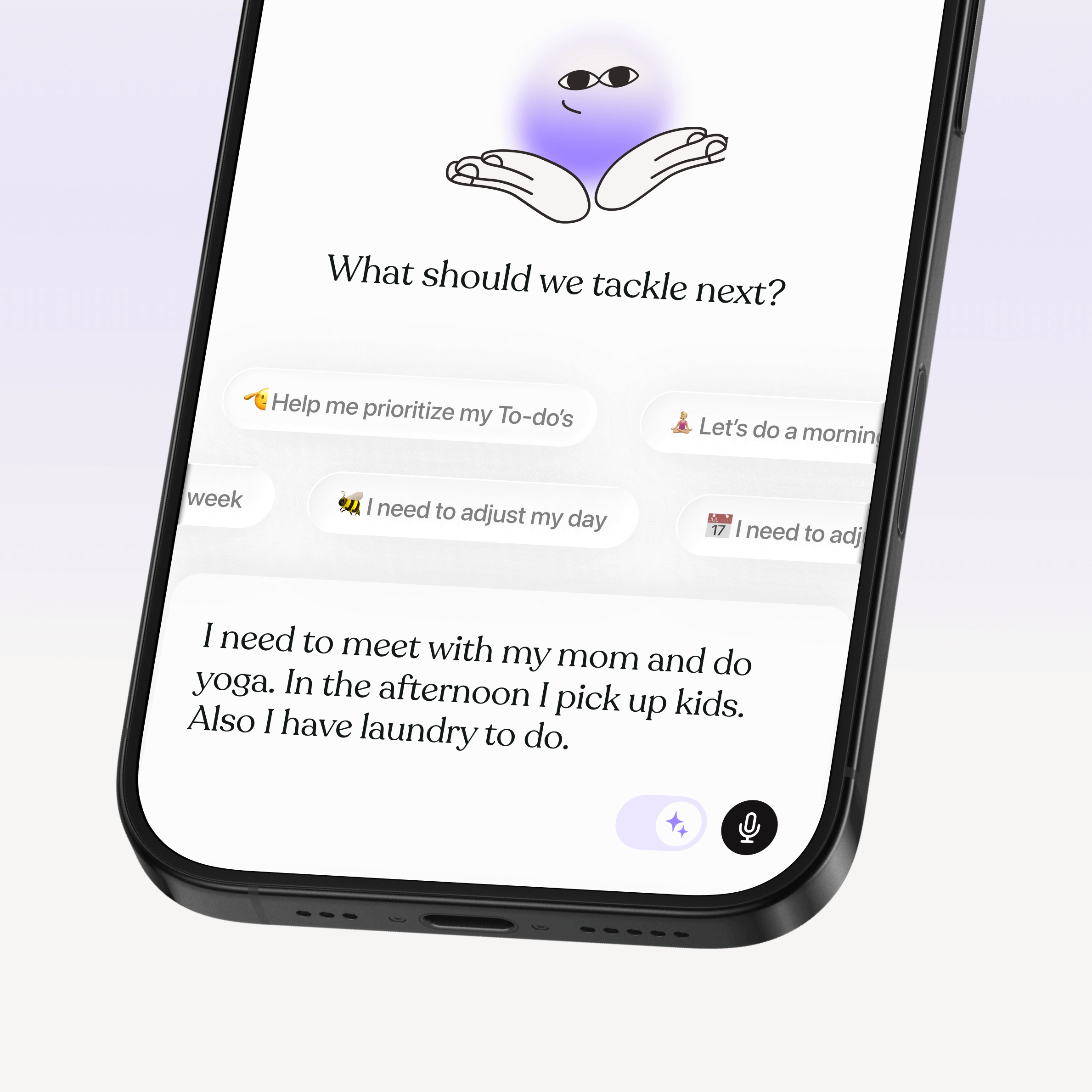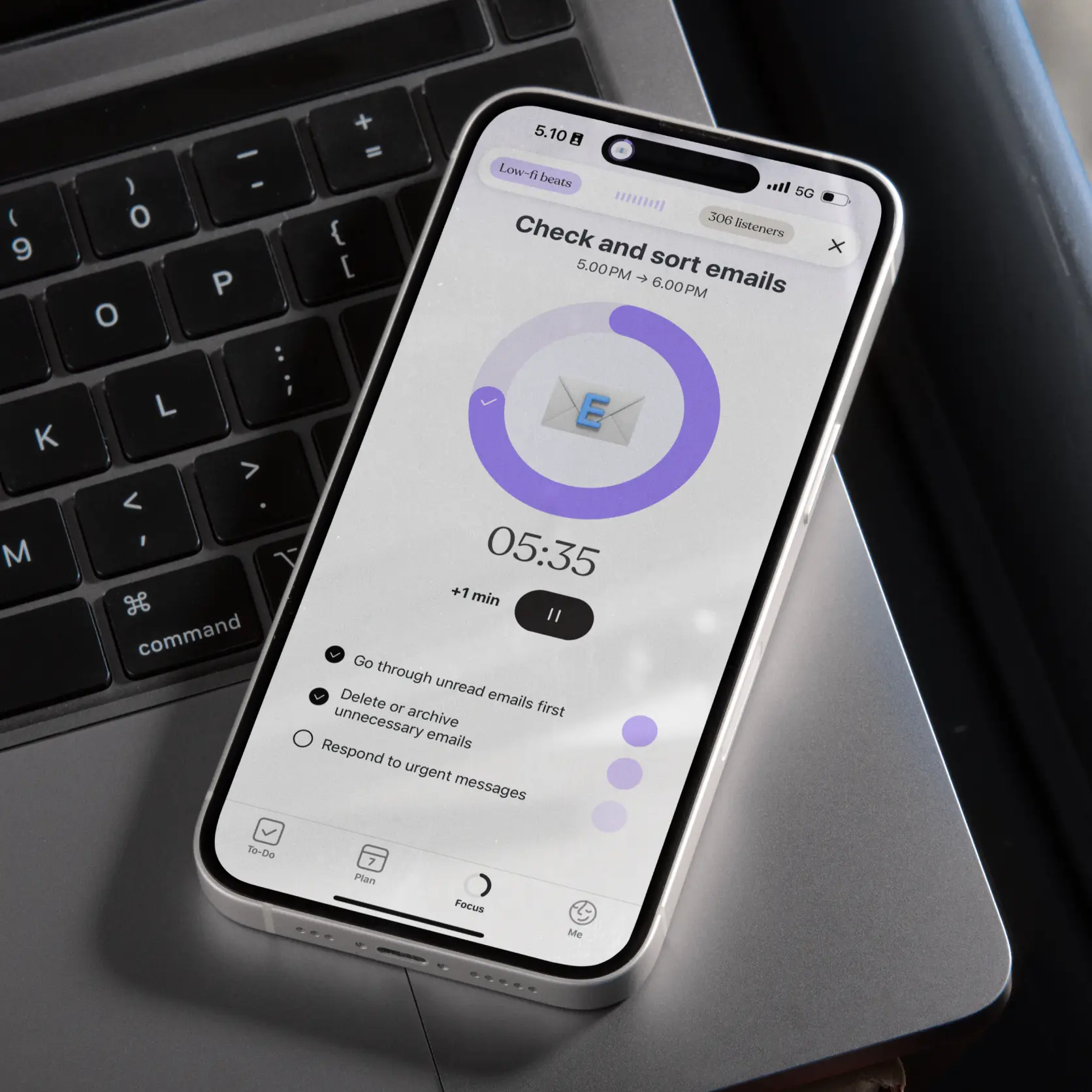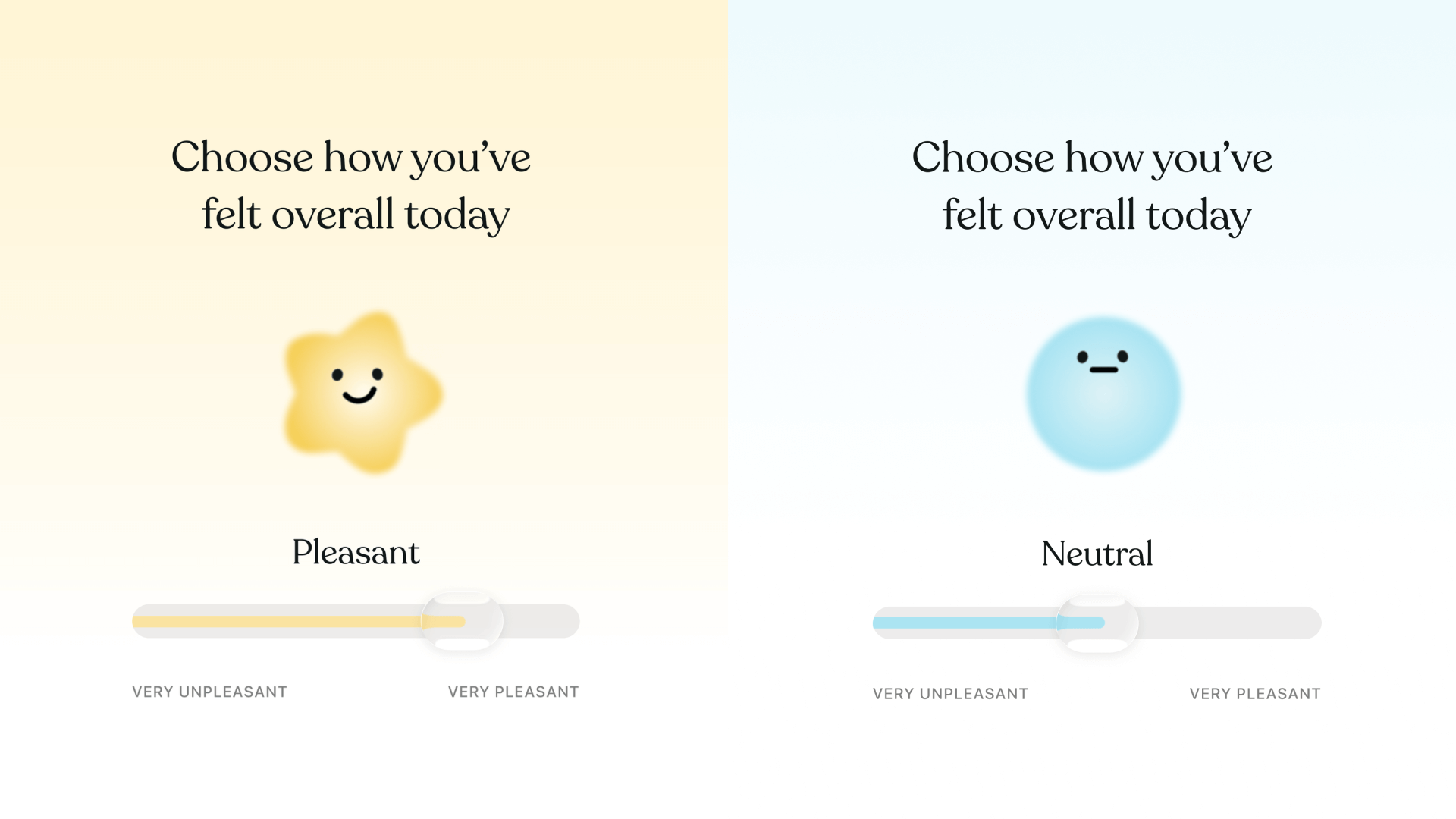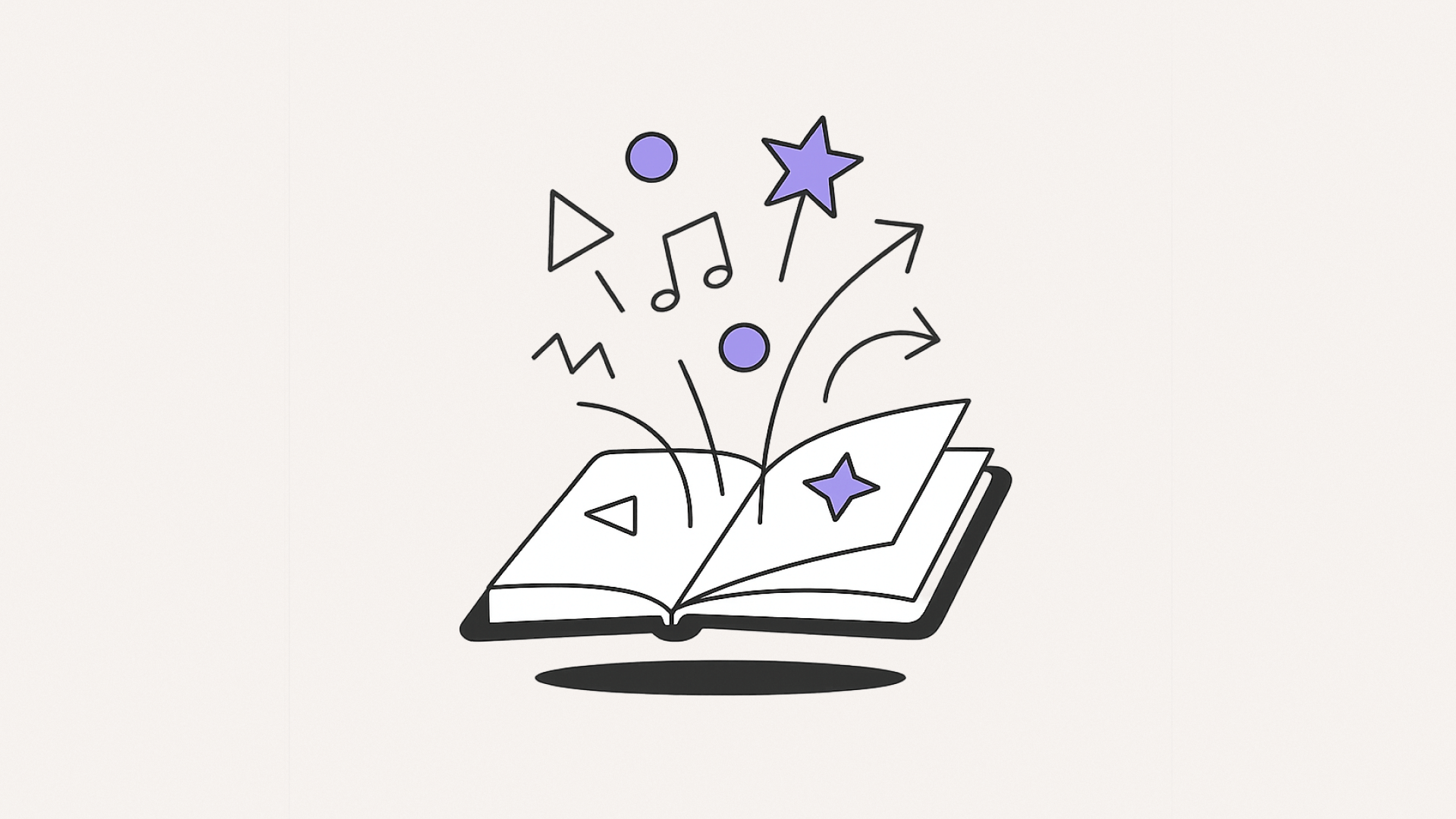If your days end with that “mentally exhausted but weirdly unfulfilled” feeling, it’s not because you’re bad at planning. It’s because your best energy is sneaking off to things that don’t actually matter. And yes, it would be very helpful if your brain had a battery icon flashing please plug me in. Unfortunately it’s not as simple to audit your inner battery. But let’s explore a simple, eye-opening technique called Energy Audit to notice where your energy goes so you can spend more time on what truly lights you up.
What is an Energy Audit?
An Energy Audit is a gentle check-in with your brain’s battery. Instead of tracking hours or tasks, you’re tracking how each activity makes you feel, which is especially helpful if you experience time agnosia, task avoidance, difficulty focusing, or the classic “why does this tiny task feel like climbing Everest” procrastination loop.
A quick energy audit
Schedule 10-15 minutes daily or weekly energy audit in your calendar. It can be between tasks or during a quiet moment at your workplace or school. Bring a notebook and maybe some pens in different colors.
Step 1: Center yourself
Find a spot to sit and take a few deep breaths. If your brain is thinking about work or dinner or “did I reply to that message from three days ago,” it’s okay. Don’t judge the thoughts. Let them exist and float by.
Step 2: Empty your head
When you feel relaxed and look back over the last week, take your notebook and write down all the things you’ve done, both big and small. A long, messy list is perfect.
Step 3: Put a label on them
Now label each item using these categories:
- Energising 🟢 (a full brain battery)
- Draining 🟡 (battery dipping into low-power mode)
- Enjoyable but exhausting 🟠 (fun, but you have already turned down the brightness and chosen energy saving mode)
Step 4: Oh, I see a pattern
Look at your list with curiosity. Do certain tasks fill you up, while others leave you wiped out and make you feel like switching to flight mode? Are there things that should feel rewarding but secretly drain you? For example, going out with friends is energising for many people. Even though it’s enjoyable, it can feel exhausting after a day full of meetings and a full inbox.
Step 5: Adjust your schedule
Small shifts can change everything, especially if your week is full of draining tasks.
- Plan recovery time after draining activities
- Pair tough tasks with energising ones
- Delegate or reduce anything that consistently empties your battery
Be honest with yourself! If your list is heavy on “draining” activities, it might be time for a deeper look. Not just at your tasks, but at your boundaries.
Why is it important?
When you plan your day around energy instead of hours, something surprisingly relieving happens:
- You stop pushing through burnout
- You create days that feel balanced instead of punishing
- You make progress without losing yourself in the process
This isn’t about doing less — it’s about doing what matters better.








.png)

